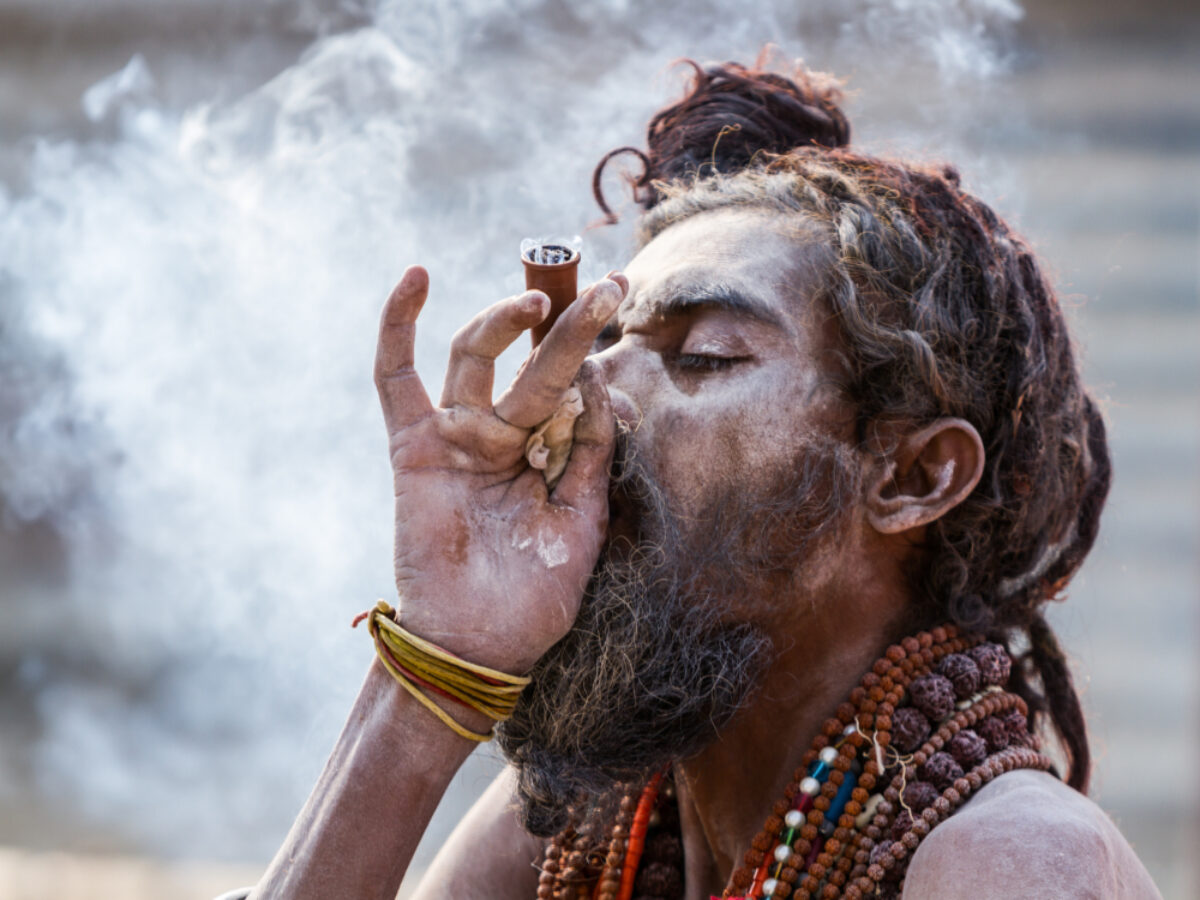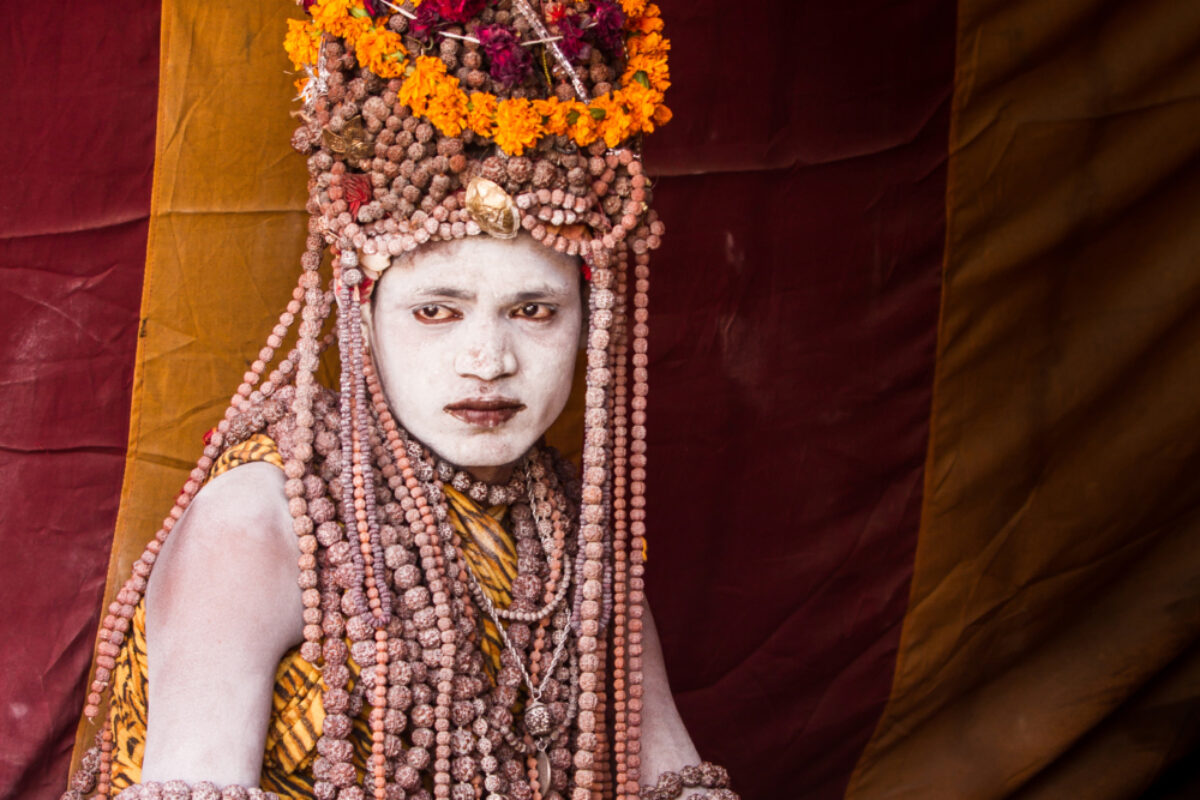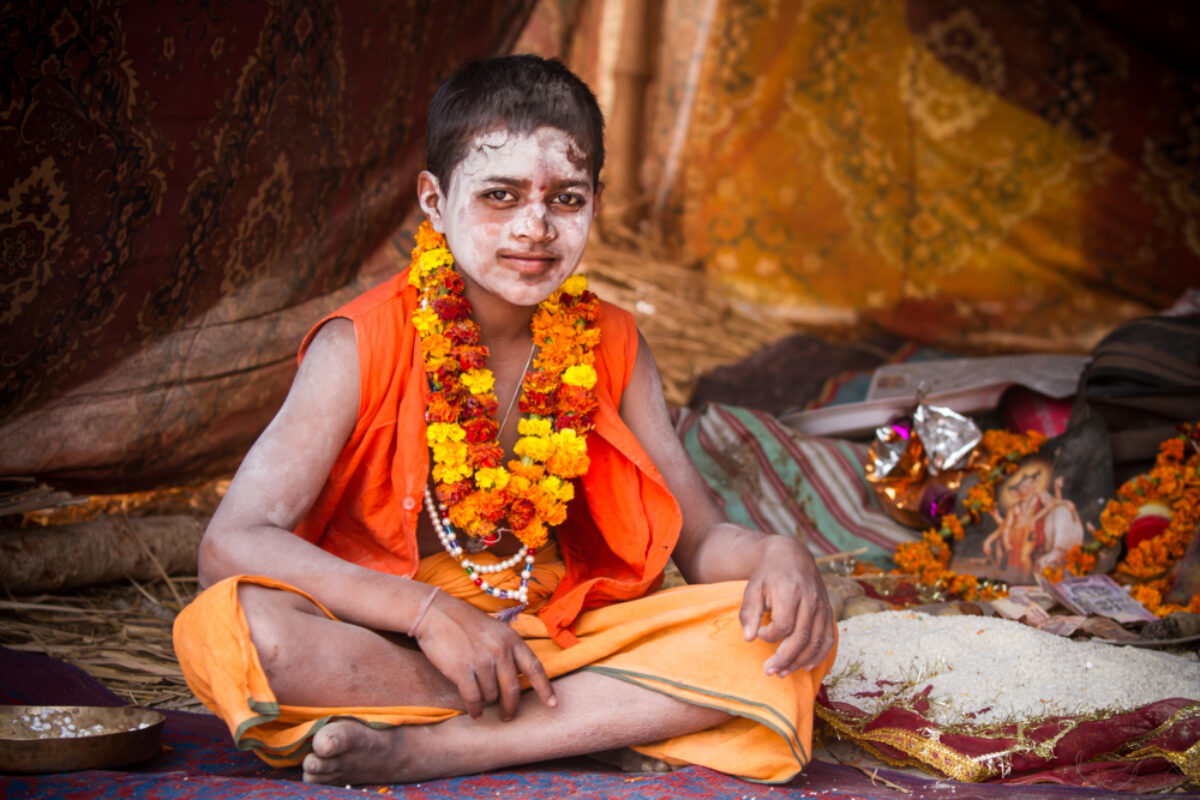Experiencing India's great Kumbh Mela pilgrimage
The greatest spiritual gathering on earth
The boatman’s face is swaddled by a scarf against the early morning chill as we drift amid a low silvery mist hugging the Ganges’ surface. We’re approaching the Sangam where the Ganges meets the Yamuna: a sacred confluence revered in Hindu mythology, where the nectar of immortality fell from the heavens. Around us, pilgrims pour like a human tidal wave into the Sangam to bathe.
Today is a shahi snan — a royal bathing day, particularly auspicious during a Kumbh Mela. I’m here for my third Kumbh Mela at Prayarag, magnetically drawn to an outpouring of spiritual fervour like no other.

A temporary city of millions
The boat drifts closer to a riverbank bulwarked by sandbags to protect it against the millions of bathers who come to cleanse their spirit. Merging with the sounds of excited cries and prayers is a never-ending concerto of devotional chanting, ringing bells, and drumming — emanating from a temporary tented city of akharas and ashrams hosting hundreds of thousands of enlightenment-seekers.
The first wave of pilgrims into the Sangam are boisterous young men and children, splashing and cavorting. Closer to shore, women in saris ululate with joy alongside others deep in meditation: reciting incantations and scooping up the grey Ganges water in little brass pots. I notice an elderly lady squatting on the sandbags, performing her own puja, incense burning to produce a sweet-smelling aroma. Throughout the bathers, khaki-clad police blow shrill whistles incessantly trying to maintain order within the burgeoning crowd.
I’m not a Hindu. I can’t claim to feel the significance for the soul of taking a sacred dip in Mother Ganga on days defined astrologically auspicious during the Kumbh Mela. And yet I’m palpably affected by the surrounding fervour. I think back to childhood being dragged to an Anglican Christian church to listen to a staid vicar. There was never this energy. Never this sense of joy.
I abandon the boat and set-off along the water’s edge on foot. The crowds are dense and I pick my way through them, stopping for a cup of milky spice-infused chai. Unfurled lengths of sarees are being flown like kites by ladies to dry them in a stiff breeze. A procession of devotees, heads freshly shaved and adorned with marigold garlands, pass by, chanting over and over, Har Har Mahadev, heading to perform their puja.
Towelling himself dry, a visiting doctor from Delhi tells me he’s not a particularly religious man. “But I sense the immense faith and sacred thoughts of millions generating powerful benevolent vibrations,” he says. “I feel physically rejuvenated after taking a snan”.
This energy I get. At my first Mela in Haridwar in 2010, I ducked under the fast-flowing Himalayan Ganges and emerged with a sensation bordering between exhilaration and mild hypothermia. Yet what really captivates me is a fascination of the length’s individuals go to to obtain greater karma — not least the most renowned renunciates of them all, the naga baba.

The sadhu
I seek out these ascetic mendicants at the Juna Akhara Camp. Pausing on my way to find them, I admire a parade of orange-robed sadhus riding in gilded chariots drawn by white horses. Around me is a near-deafening hubbub from overburdened auto-rickshaws rumbling along the metal boardwalks. I stare in disbelief at a temporary ashram resembling temples and castles: real-sized cloth and wooden facades. Outside one ashram is a lengthy queue of pilgrims patiently waiting to be fed dhal and chapati.
Over 200,000 holy men and ascetics are gathered in Prayarag yet Juna Akhara isn’t hard to find. A crowd of curious locals are snapping pictures, like me, transfixed by the naga baba, who lend theatricality to austere devotion. Naked, dreadlocked, some wearing cool shades or cowboy hats, and all smeared in the grey ash of Shiva from the fires that warm them during cold nights.
Amid the fug from smoking fires and marijuana-stoked chillums, they bless streams of pilgrims. I spy old acquaintances. An elderly ashen sadhu who has kept his arm raised above his head for a decade, his arm now withered like a dead branch. Another wraps his stretched penis around his waist like a flaccid belt while the khareshwari never sit; they stand all day and doze on hanging swings. Khade Siri tells me he hasn’t sat for nine years. One baba has 10m long hair, and another, Jhoola Baba, 21,000 needle-piercings.
“We undertake these hardships to show our devotion, to become better human beings,” a naked baba in his twenties tells me as we sit around a burning log.
Later, the Juna Akhara lead a march on this auspicious shahi snan. Millions fill the floodplain as the akharas process towards the Ganges; waving Shiva’s trident and chanting. They surge into the Ganges at the Sangam hollering screams of pleasure and loud invocations. The ash washes from their bodies, human skin colour emerging again, the Ganges ever murkier.
As I wander back later to my overnight camp, I pass a ritual fire ceremony known as an aarti performed by priests on plinths, twirling lit flames that leave little trails of light in the darkening night sky.
There’s no greater distillation in India of devotion and religious fervour than the Kumbh Mela. It’s an anachronism in a time of easy gratification, yet somehow offers hope that people are prepared to work for salvation and meaning to their life.
Above all, it’s India at its richest. “It’s wonderful, the power of faith like that, that can make multitudes of the old and the weak and the young and frail enter without hesitation or complaint upon such incredible journeys and endure the resultant miseries without repining,” wrote Mark Twain, attending the Kumbh Mela in the 1890s.
“The Kumbh Mela seems likely to remain the greatest show on earth for many generations to come,” wrote Twain. Little has changed since.

What is the Kumbh Mela?
The Kumbh Mela takes place on a rotational basis at the four most holy places in India — Nashik, Ujjain, Haridwar and Prayag/Allahabad. Theoretically, the Mela takes place every 12 years in each destination, meaning a Mela every three years. However, the exact time and place depends on astrological and religious considerations, meaning some Mela’s can be one year apart. The Mela brings together Hindu holy men to discuss their religion and is attended by millions of devotees.
The next Kumbh Mela will be in Haridwar in 2021.




